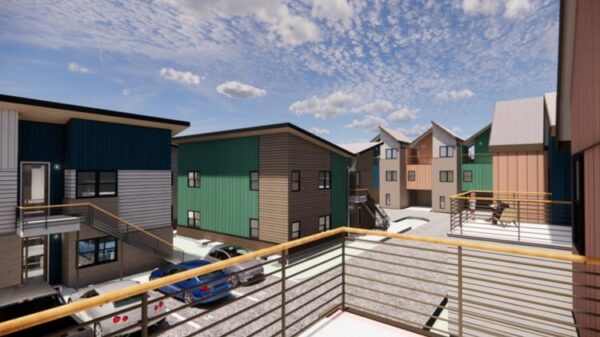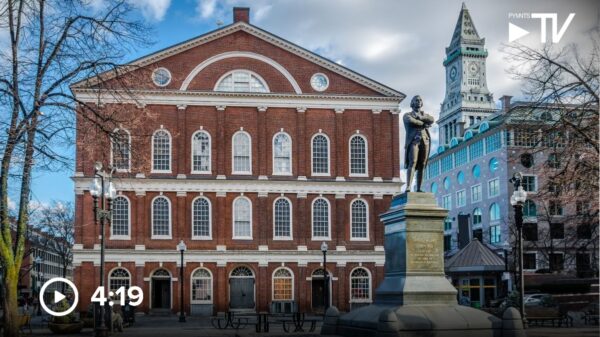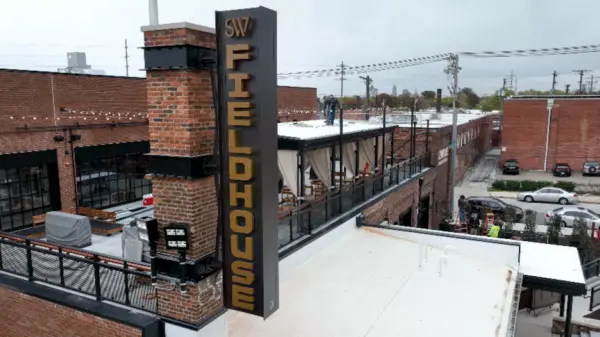Former President Donald Trump has proposed a new initiative aimed at easing the burden of rising housing costs through a 50-year mortgage plan. Announced via his Truth Social platform, the proposal seeks to make homeownership more accessible, particularly for younger Americans struggling to enter the real estate market. This plan would extend mortgage terms, thereby reducing monthly payments for buyers.
The announcement came during Trump’s dinner with leaders from the C5+1 Central Asian countries in Washington D.C. on November 6, 2025. Trump expressed his commitment to addressing housing affordability, stating, “We hear you. We are laser focused on ensuring the American Dream for YOUNG PEOPLE.” He described the 50-year mortgage as a potential tool among a larger set of solutions being considered.
Under current regulations, a 50-year mortgage does not exist in the United States due to a ban established to protect consumers after the 2008 financial crisis. As it stands, taking a mortgage for such an extended period would require innovative approaches to navigate these legal barriers. A spokesperson from the White House informed ABC News that any formal policy changes would be officially communicated when ready.
A longer mortgage term aims to alleviate monthly financial pressures. For instance, according to Fannie Mae‘s mortgage calculator, a home priced at $300,000 with a 5% interest rate and 5% down payment would entail monthly payments of approximately $2,254 for a 15-year fixed mortgage. In contrast, this figure drops to $1,530 for a 30-year mortgage and further to $1,294 for a 50-year option.
While the plan has garnered attention, reactions within the political sphere have been mixed. Republican Representative Marjorie Taylor Greene voiced her concerns on social media, arguing that such a mortgage plan could lead to increased debt for individuals. She stated, “I don’t like 50-year mortgages as the solution to the housing affordability crisis. It will ultimately reward the banks, mortgage lenders and home builders while people pay far more in interest over time and die before they ever pay off their home.”
Conversely, support for the proposal comes from some sectors of the real estate industry. Kaz Nejatian, CEO of real estate company Opendoor, expressed optimism, suggesting that the policy could indeed benefit many individuals if properly executed.
The need for such measures is underscored by data from brokerage service Redfin, which indicates that the median U.S. household is currently allocating 39% of its income towards mortgage repayments. The income required to afford the median-priced home significantly exceeds the typical household earnings. Specifically, the data reveals that a typical homebuyer needs to earn around $112,131 per year to secure a median-priced home, which is approximately $25,000 more than what the average household earns.
Trump’s mortgage proposal arrives at a critical time when homeownership remains out of reach for many Americans, particularly younger generations facing escalating housing costs. The unfolding discussions around this initiative will likely continue to draw attention as stakeholders consider the implications of such a significant shift in mortgage policy.





































































